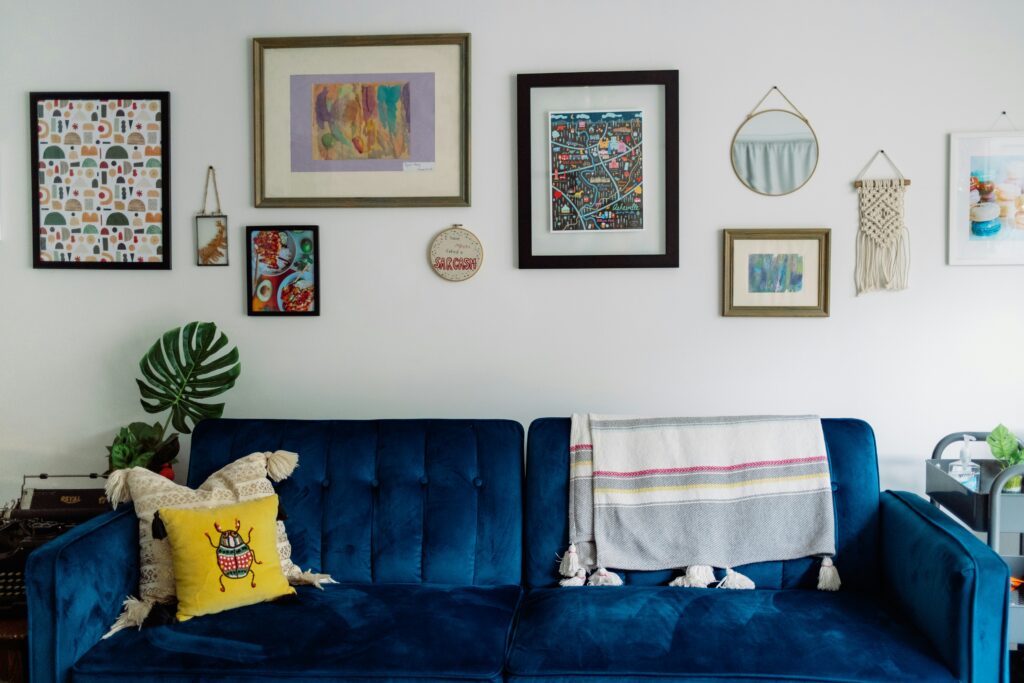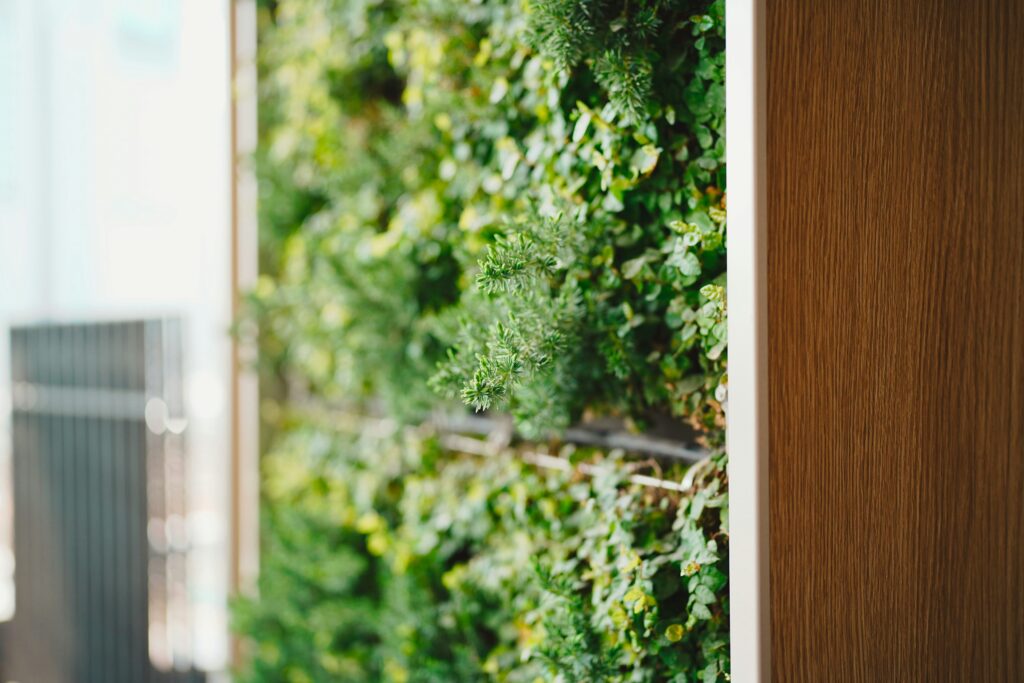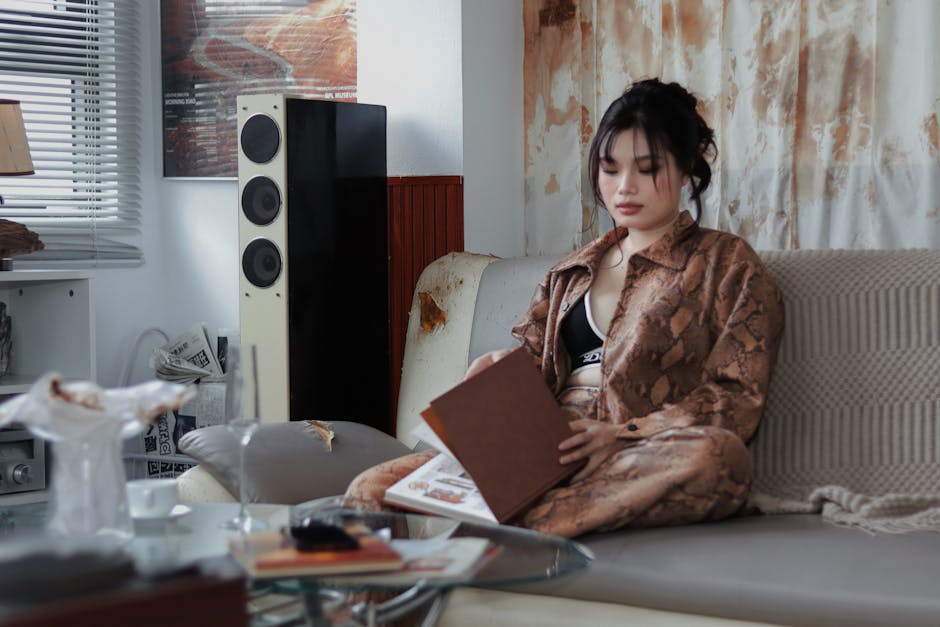Blending Old and New: How to Source and Style Vintage with Modern
Creating a home that balances timeless vintage pieces with modern touches requires both a good eye and strategic sourcing. Here’s how to do it well.
Where to Hunt for Vintage Gems
Finding that one-of-a-kind aged piece can elevate your entire space. The key is knowing where to look:
- Estate Sales: Often overlooked, these are gold mines for furniture and unique decor. Arrive early for the best selection.
- Auctions: Great for scoring quality antiques at competitive prices. Online auction platforms make it easier than ever.
- Local Vintage and Thrift Shops: Go often, and ask when new items come in. Build relationships with shop owners who can help you find what you’re looking for.
- Flea Markets and Pop-Up Fairs: Perfect for quirky, smaller items that add personality to modern spaces.
Choosing Modern Pieces that Complement Vintage
Not all modern furniture competes with vintage—some pieces enhance it by offering contrast or functionality.
- Look for clean lines and neutral colors when selecting modern items.
- Use contemporary lighting, such as sculptural floor lamps or LED sconces, to modernize a room without overwhelming vintage focal points.
- Opt for understated rugs, coffee tables, or sofas that let your vintage finds take center stage.
The Art of Mixing
Striking the right balance is less about symmetry and more about story. Each piece should offer something unique while contributing to a cohesive whole.
- Pair high-impact modern art with distressed furniture to create visual tension.
- Combine aged wood with sleek metal or glass to bridge eras.
- Use fabric and texture to tie pieces together—think linen cushions on a mid-century chair or a velvet throw on a vintage settee.
Blending old and new is about respecting history while embracing the present. With a thoughtful mix, your space can reflect both where you’ve been and where you’re going.
Blending Vintage and Modern at Home
Achieving a timeless look in your home often means striking a balance between retro charm and contemporary practicality. Here’s how to mix vintage and modern design elements across different rooms for a seamless, lived-in style that still feels fresh.
Living Room: A Mid-Century Centerpiece
Create a cozy and curated lounging area that marries old-school design with natural textures.
- Feature a low-profile mid-century modern sofa or armchair
- Pair it with a rustic wooden coffee table for a touch of warmth
- Layer in contemporary textiles like textured throw blankets or geometric pillows
Kitchen: Retro Meets Minimalist
Let your appliances steal the spotlight while everything else stays clean and understated.
- Use retro-style appliances in polished finishes or pastel tones
- Keep cabinetry sleek and handle-free to balance the vintage personality
- Avoid visual clutter to let key pieces shine
Bedroom: Comfort with Character
Combine ornamental details with minimalist elements to create a serene and stylish retreat.
- Choose an ornate or antique-inspired headboard as a statement piece
- Keep bedding clean and crisp with modern linens in solid tones
- Add minor vintage accents like brass lamps or handmade nightstands for depth
Bathroom: Old Glam, New Edge
Mix classic tilework with bold design choices to elevate everyday routines.
- Use classic white subway tiles as a timeless foundation
- Hang an art deco-inspired mirror as a nod to vintage glam
- Contrast with matte black or brass modern fixtures for a fresh finish
The Appeal of Blending Old and New
There’s something raw and real about a space that mixes the past with the present. Vintage and contemporary pieces sitting side by side create contrast, texture, and a kind of accidental harmony. That mix cuts through the generic heft of cookie-cutter trends. It adds personality. It tells who you are and what you’ve collected over time, not just what you bought last week.
Eclectic design isn’t about trends. It’s about stories. A faded leather chair next to a sleek metal shelf. A thrifted rug under a minimalist table. These pairings say more than a mood board ever could. They carry weight, history, and taste—all without shouting.
The best part? It’s flexible. Curated design lets you evolve your space without overhauling it every season. It grows with you. It lasts. And in a time when fast cycles and fleeting aesthetics dominate, that kind of staying power feels like rebellion.
Creating a strong visual identity doesn’t mean overcomplicating things. The smartest vloggers in 2024 are leaning into consistent color palettes or materials to keep their content easily recognizable. Whether it’s muted desert tones or a splash of neon green that threads through every video, anchoring visually helps lock in audience memory without screaming for attention.
Another frame to use: the rule of thirds—visually, not just in layout but in style. Mix one-third vintage with two-thirds modern, or flip it. Think thrift-store fashion in a minimalist loft, or a retro lens filter over 4K footage. The contrast adds character without chaos.
Speaking of chaos, clutter kills your vibe fast. That doesn’t mean backgrounds need to be sterile, but every item in frame should serve a purpose. Choose intentional layering over randomness. Build a setting that gives viewers something to explore—without overwhelming the story you’re telling.
Muted Vintage Tones vs. Bold Modern Accents
A Balancing Act of Eras
One of the most noticeable shifts in visual style for vloggers in 2024 is the deliberate fusion of old and new. Rather than choosing between retro charm and modern pop, successful creators are blending both. It’s about incorporating nostalgia without making your content feel outdated.
Vintage Looks with a Contemporary Edge
Muted vintage tones like sepia browns, dusky pinks, and soft pastels are making a return in everything from set design to color grading. However, to keep things fresh and avoid dipping into full-on kitsch territory, pairing these tones with bold, modern accents is key.
- Think muted backdrops with striking neon typography
- Combine soft lighting with color-popping overlays
- Use vintage-inspired wardrobe pieces alongside current fashion trends
Keep Warmth Without Kitsch
Authenticity is everything. Leaning too aesthetically into a single era can feel forced or overly stylized. Instead, creators are warming up their visuals with texture and tone, while keeping layouts and pacing aligned with modern sensibilities.
- Utilize soft filters without heavy distortion
- Mix analog effects with clean, sharp visuals
- Avoid clutter: less is more when merging eras
Earth Tones Are the Great Equalizer
To create cohesion, neutrals and earthy hues are proving highly versatile. These tones act as a bridge between vintage warmth and modern minimalism.
- Use tans, olive greens, rusty reds, and slate grays for consistency
- Layer textures like wood, linen, or metal for a grounded look
- Anchor bright or retro visuals against a calm, neutral base
The new visual standard in vlogging isn’t about choosing a side. It’s about marrying the soul of the past with the clarity of the present to craft a timeless aesthetic that resonates across generations.
Metal finishes are back in a big way, and contrast is carrying the torch. Brass brings warmth. Chrome brings edge. Together, they don’t clash—they layer. The trick is balance. You might anchor a mid-century table with a chrome lamp while framing vintage shelving with brushed brass. It’s not about matching metals anymore. It’s about letting each one pull its weight from a different era and watching the tension work.
Wood does similar heavy lifting. Mixing walnut with ash or oak is less risky than it sounds. Grain matters more than color. Pair smooth, tight-grained boards with chunkier, open grains and the contrast reads as intentional. The key is tone cohesion—cool tones stay together, same with warms. Let texture and shape cross time periods, not hue.
Then there’s the mix of touchable materials. Leather patinas, linen softens, and stone wears in—all of which age well. Glass, on the other hand, modernizes a space instantly. Use it to sharpen retro silhouettes or lighten heavier frames. A glass coffee table can keep a dark wood room from looking like a museum. It’s all about editing: know what grounds the space and what cuts through it.
How Eclectic Interiors Reflect Personal Stories and Journeys
Eclectic design isn’t about chaos or clashing patterns for the sake of being bold. It’s about telling your story through space. Every object has a reason to be there. A vintage rug from a trip abroad. A framed concert ticket. A modern sculpture that sparks something in you. These homes feel lived in—and alive—not styled for a catalog.
The shift away from showroom-perfect interiors is intentional. People want spaces that look like them, not like everyone else. Keepsakes, heirlooms, and collected art pieces don’t just fill shelves. They anchor a space emotionally. Done right, eclectic design is thoughtful. It’s curated, not crowded.
Instead of matching furniture sets, you create visual rhythm through contrast—old with new, rough with refined. It makes the space warmer, richer, and more real.
Want to see how real storytelling shapes design? Explore more: How to Design a Home That Tells Your Personal Story
Trust Your Taste, Not Just Trends
In the rush to go viral or stay current, it’s easy to follow whatever’s hot. But the most memorable vloggers don’t just chase trends — they build spaces that reflect their taste and what actually works for their day-to-day. Style fades fast. Substance sticks. What you choose to show on camera and how you present it should feel true to you first.
Form matters, sure. But function and feel are what keep you going. That setup you use every day should make creation smoother, not just prettier. If your space or workflow looks good on camera but drags you down off it, you’re doing too much for the wrong reasons.
And here’s the big one — let your setup grow with you. Your voice will shift. Your audience will too. Don’t hardcode aesthetics or formats that box you in. Build something flexible. Something honest. That’s what lands with people. Cool fades. Connection doesn’t.


 Jarvison Nagyan is a leading tech analyst at drhextreriorly, known for breaking down complex technologies into clear, practical insights. His work focuses on emerging trends, digital innovation, and how new tools reshape everyday life. Jarvison’s ability to simplify advanced concepts makes him a trusted voice for readers looking to stay ahead in the fast-moving tech world.
Jarvison Nagyan is a leading tech analyst at drhextreriorly, known for breaking down complex technologies into clear, practical insights. His work focuses on emerging trends, digital innovation, and how new tools reshape everyday life. Jarvison’s ability to simplify advanced concepts makes him a trusted voice for readers looking to stay ahead in the fast-moving tech world.

